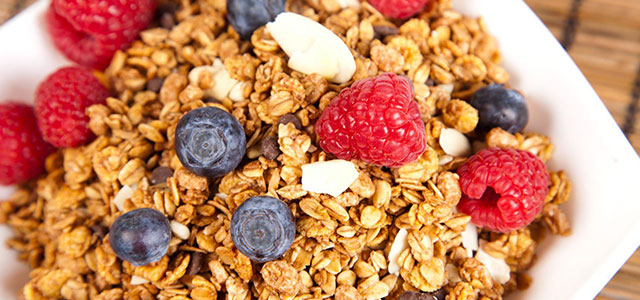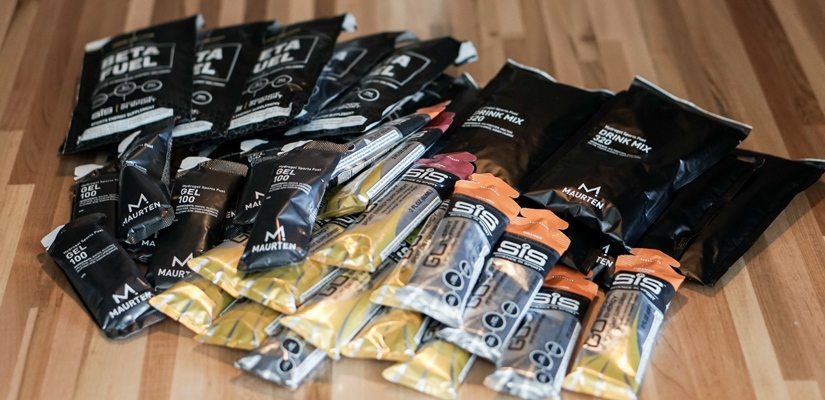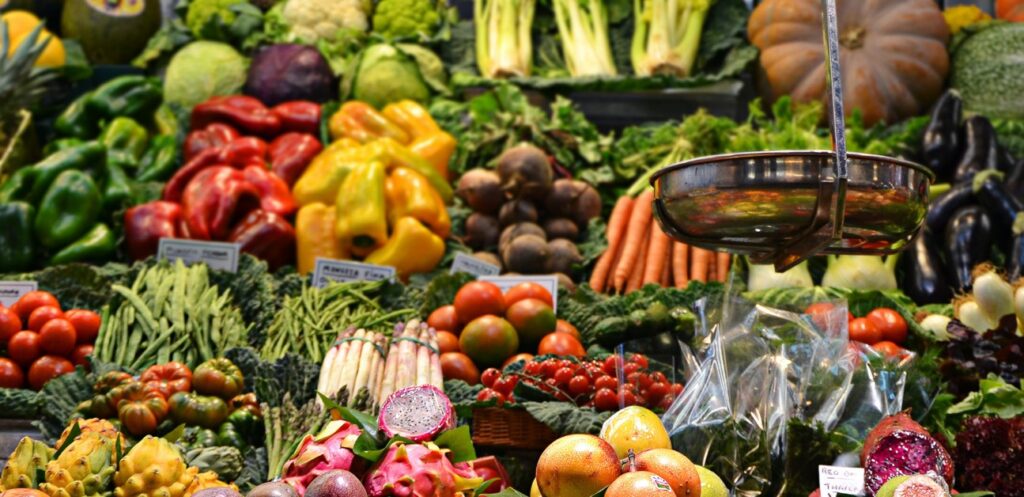4 Steps to the Perfect Power Breakfast

They don’t call it the most important meal of the day for nothing. Here are a couple of tips to help you start the day off right with the perfect meal to fuel for whatever the occasion may be.
1. Purpose
The first step in creating the perfect breakfast is identifying the purpose. What does the day have in store for you? Whether it’s rest day, race day, or a big training day, you need to fuel for the occasion.
Rest Day
Keep it light. Avoid simple and excess carbohydrates and watch your calories. Only consume 20-30% of your daily calories during this first meal. These are the best days for fiber and healthy fats, as the slowing of the digestive system caused by these macronutrients will help to increase satiety and improve gut flora.
Race Day
Eat for power. Stick to foods that you’re familiar with and balance carbs from simple (fruits, honey, juice) to complex (whole grain rice, or oats), favoring the complex. Aim for 50-70% calories from carbohydrates, approximately 20-30% protein, and 10-15% unsaturated fats. The amount of calories for this meal is entirely dependent on how long the event is, as well as how comfortable you are with the amount of food. Ideally, you want to eat until you are full; no more and no less.
Avoid fats and insoluble fiber as best you can, as these will slow digestion and may cause discomfort come time to race.
Training
Do your best to replicate your pre-race meal and routine on your training days. With that being said, these are also the days to experiment. Different foods and different carbohydrates work better for different people, so do some research and find the perfect recipe for you.
2. Timing
The timing of breakfast really only matters on your racing and training days. If you’re doing high-intensity work, it is absolutely paramount to eat 3-3.5 hours before the event. After you eat, continue to drink water leading up to the start to stay hydrated. A watered down electrolyte beverage is also a good option to keep a steady flow of carbs entering your system without filling you up. If the event or training ride is lasting 5+ hours with moderate intensity throughout with minimal high intensity, you can move your meal up to 2-2.5 hours before the start. Be careful if you decide to do this, as the smaller amount of time before you jump on the bike can lead to stomach cramps if you go out too hard.
3. Variety
Different foods contain different nutrients. From the various types of carbohydrates, proteins, fats, and thousands of different micronutrients, variety in the diet is the only way to continue to expand what you are bringing in to your body. While your “race day meal” should remain fairly consistent, look to step outside of the box on the rest of the days of the week. Use some of the knowledge gained from this article on the best breakfast practices and explore other foods with similar characteristics of what you need and see how they work.
There is no “one size fits all” solution for nutrition. As an athlete, you are also a scientist. By this I mean you must experiment on your own to determine what foods work and do not work for you.
4. Color
So often have I sat down at a table full of cyclists to find a sea of brown on everyone’s plate. Are you guilty of this? As endurance athletes, we typically tend to focus so much on carbs that we forget everything else. While the majority of the energy is coming from the carbohydrates, the body needs so much more in order to function properly and efficiently. Every meal should consist of more than just shades of brown from your carbohydrate sources. Be careful with this on race day, as you don’t want to fill up on fibrous fruits and vegetables. Adding in some berries to your cereal or oatmeal, or juicing some arugula is a simple way to still add some easily digestible color and much needed nutrients to your meal.
On off days, focus primarily on color in your breakfast. Fibrous and nutrient rich fruits and vegetables are great to provide satiety throughout the day and help promote recovery.


